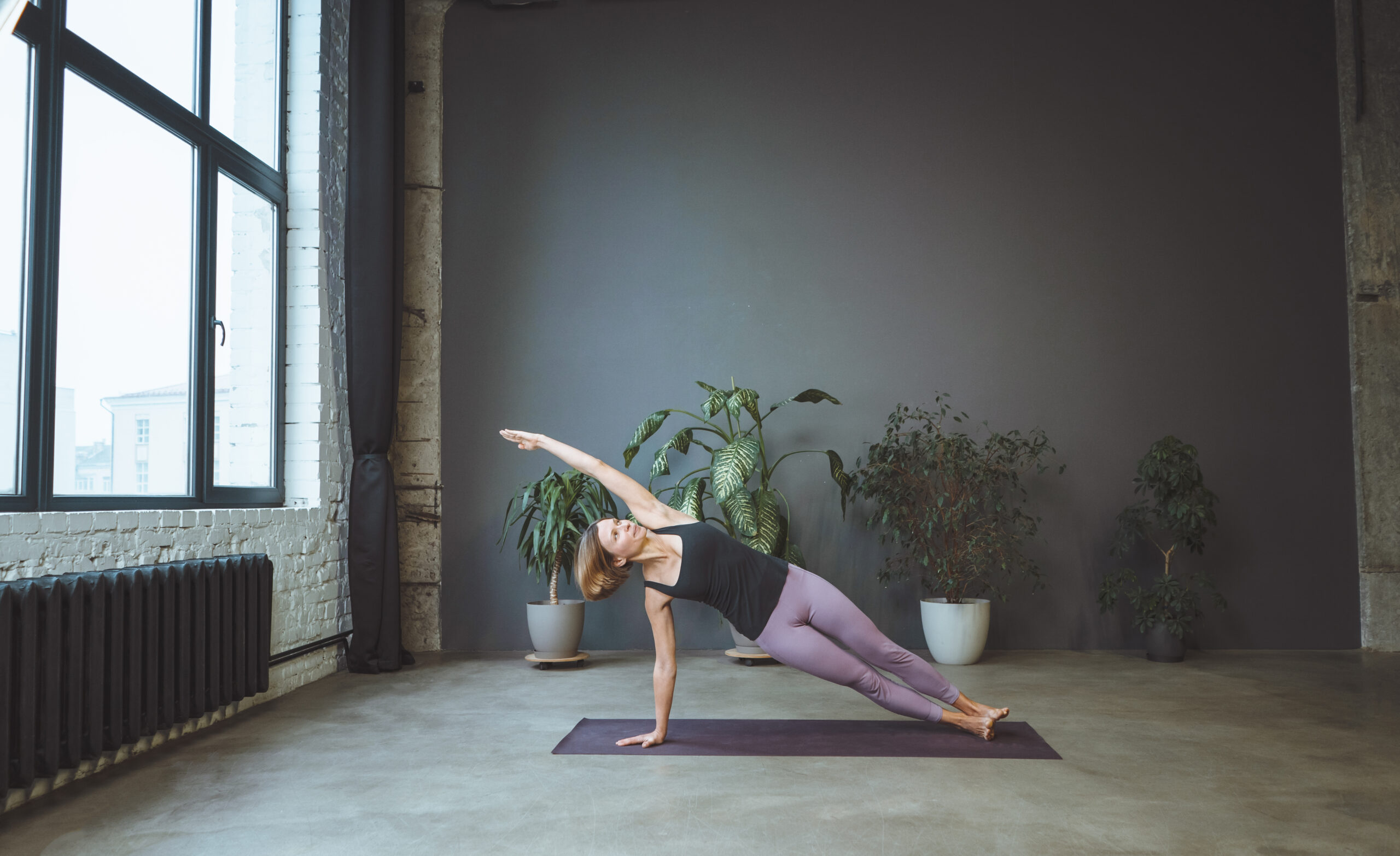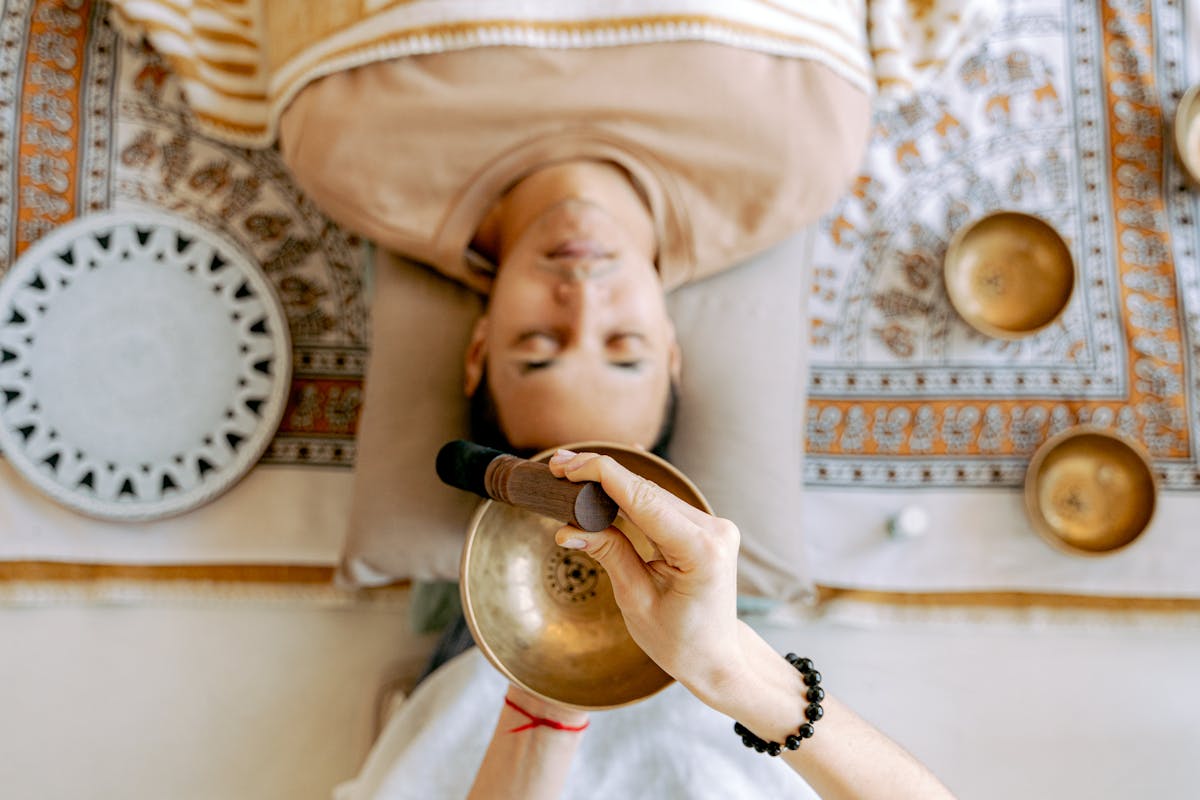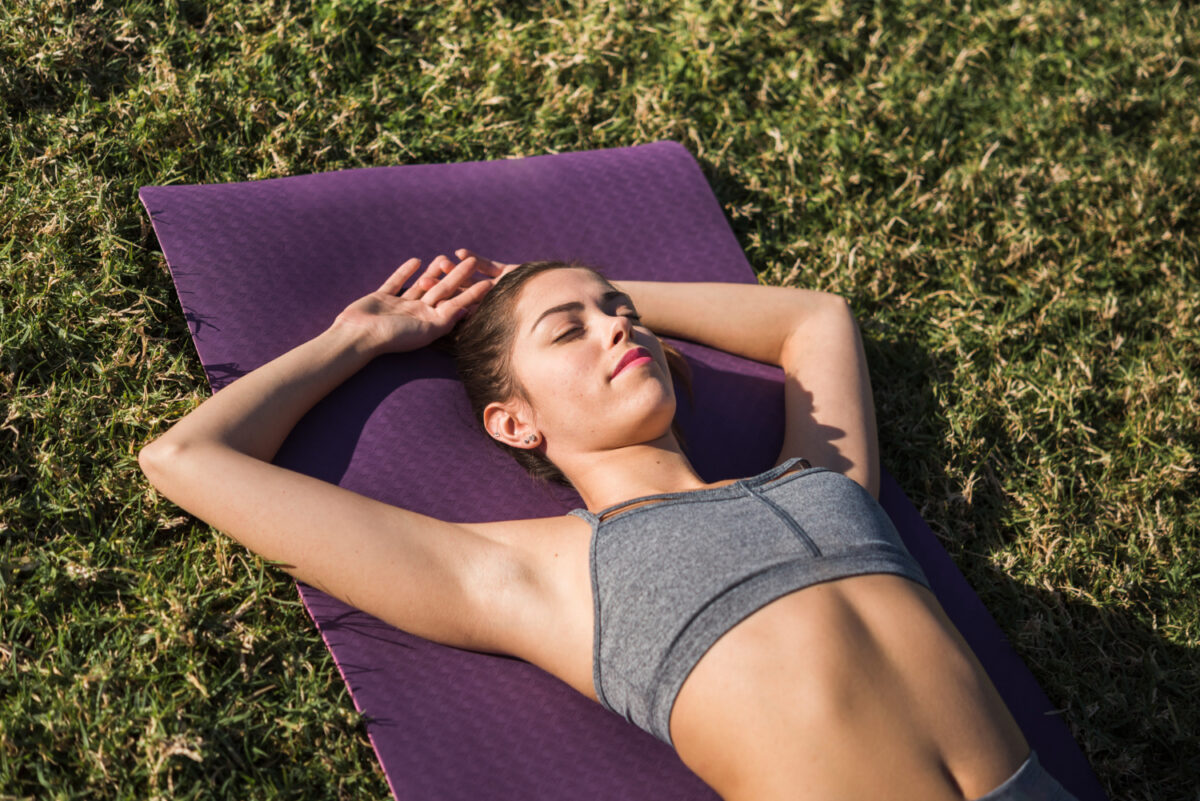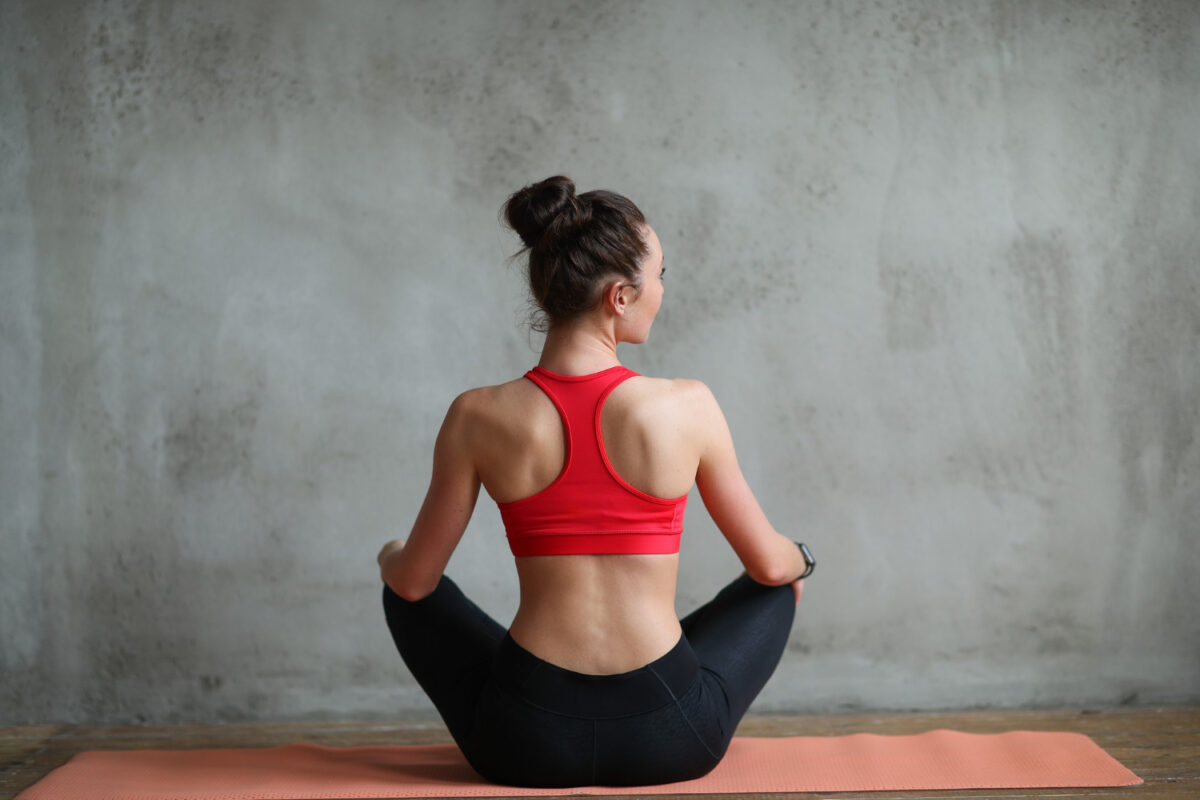When you start in the practice of yoga you find yourself with a great variety of styles that will make you ask yourself which one or which are the most suitable for you. Since Yoga Synchrony Today we present to you what Hatha Yoga is and why you should practice it.
What is Hatha Yoga?
Hatha Yoga is the foundation on which most styles of yoga currently practiced in the West are based.. The reason is that it is a yoga that balances the physical body that was liked and fit here as a path of realization that is closer to our reality than the other yogas of the ancient texts: Karma Yoga, the yoga of disinterested action, bhakti yoga, the yoga of devotion, Jnaña Yoga, the yoga of knowledge and Raja Yoga, the yoga of concentration.
Etymologically Hatha has two highly accepted meanings: hatha It means strength or effort, or also the union of two words: he has, the sun and that, Moon. So we could define it as the yoga of effort or the yoga of the union of the polarity of the forces of the universe (Sun/Moon, Feminine/Masculine, Yin/Yang).

It is a relatively modern variety of yoga for the millennial history of yoga, it appeared in India between the 14th and 15th centuries (with the compilation of texts from the Haṭha Yoga Pradīpikā) and it was popularized in the West by the disciples of the master Krishnamacharya. When the pioneers of the practice of yoga in Spain in the sixties, such as Ramiro Calle, Danilo Hernández or André van Lysebeth, brought “yoga” it was basically Hatha Yoga. No other style was practiced.
Called yoga of perfect health, Hatha Yoga aims especially at the balance of forces and vital currents in your body, and thus eliminate the physical and mental obstacles that prevent you from advancing in your vital and spiritual development.
Some basic means are used to achieve this path that you will find in the practices: shatkarmas (cleanings), asanas (postures), pranayama (conscious breathing and vital energy), mudras (spiritual gestures) and bandhas (power shutdowns).
Why practice Hatha Yoga?
Know the postures
Each asana or posture requires three times: build, be and leave. For everyone you dedicate your attention and know how to be. Do not do for the sake of doing, but give yourself time to live the posture from its beginning to its exit. The placement of your body, your connection to the present moment and the learn to enjoy being with you.
in close poses you will learn to reposition the body in its natural position, to activate those muscles necessary to maintain the posture, to focus your breathing and rediscover yourself with your strength and also with your lightness. All this awareness will allow you to face the most complex or distant positions for you.
The postures, like musical notes, form the melody of the practice. They have a position, a time, a reason and they take us to that desired and sought after physical, mental and spiritual balance.
rediscover yourself with your breath
as you practice you will discover that each posture favors a breath Or another. It is not about finding the magical breath that you will always use, but listening to everything that your breath can bring to practice and outside of it.
A long, calm breath will help you focus your mind and energy in what you are doing in the here and now.
When you need to perform a pose that requires strength, direct your breath into your navel and exhale on the effort (either to build up an intense pose or to help you focus all of your attention and energy on the pose).
The breath will adjust to your practice. It is not about forcing it but about enjoying it.
Slowly your mind will stop being far away to live in the present through your breath. Air going in and out of your body.
According to Hatha yoga, we don't just breathe oxygen, but we are filled with vital energy. Let yourself breathe throughout your practice.

lower revolutions
The external world sometimes spins at breakneck speed.. In Hatha Yoga classes it seems that time stands still for your personal evolution. There is no rush. You don't have to prove anything to anyone, without competing or fighting.
each posture adapts to the body and your needs at the moment. Become aware to move forward at your own pace. You will find yourself, changing without realizing it, inside the mat and outside it.
Yoga philosophy in each session
One of the things that moved me to practice were the words of that first teacher. It wasn't about construction technique or an exotic pose, but about the motive behind it all. The practice has an intention and a motive.
Beyond the physical means (postures, sequences, breaths), day by day and class by class you will come across the philosophical concepts of yoga.
“Yoga is the ability to stop mental fluctuations.
the posture is sthira-sukha – is balance, firmness, comfort and attentive observation.” – Yoga Sutras of Patañjali
Remember the softness or comfort even in the most distant or intense postures will help you to relieve the thousand tensions that are accommodated in our body and carry out the practice with simplicity and attention.
The principles of yoga are reflected in the way you practice and on and off the mat.
Silvia Gallego
Yoga teacher, author and editor of breathing books






